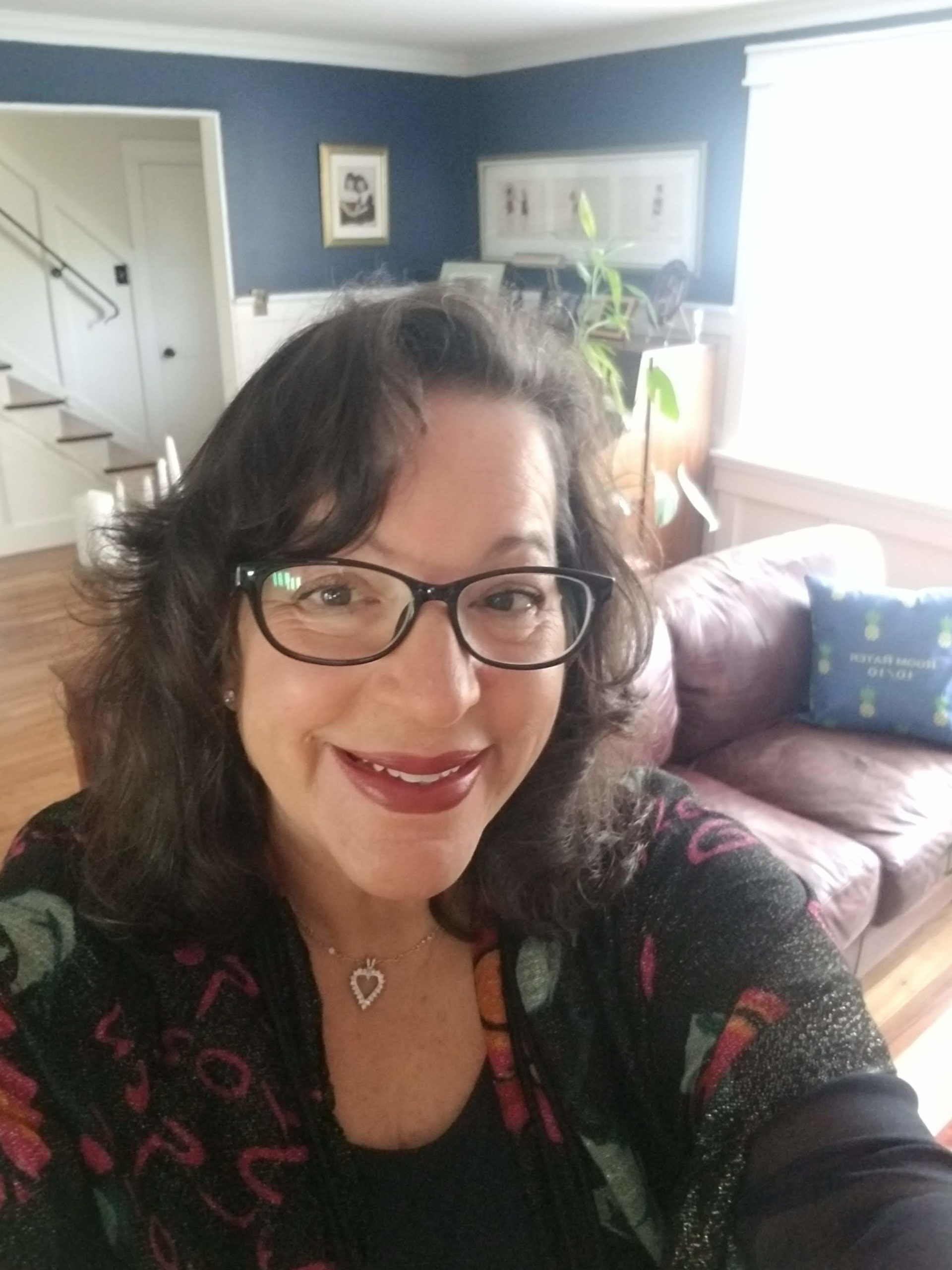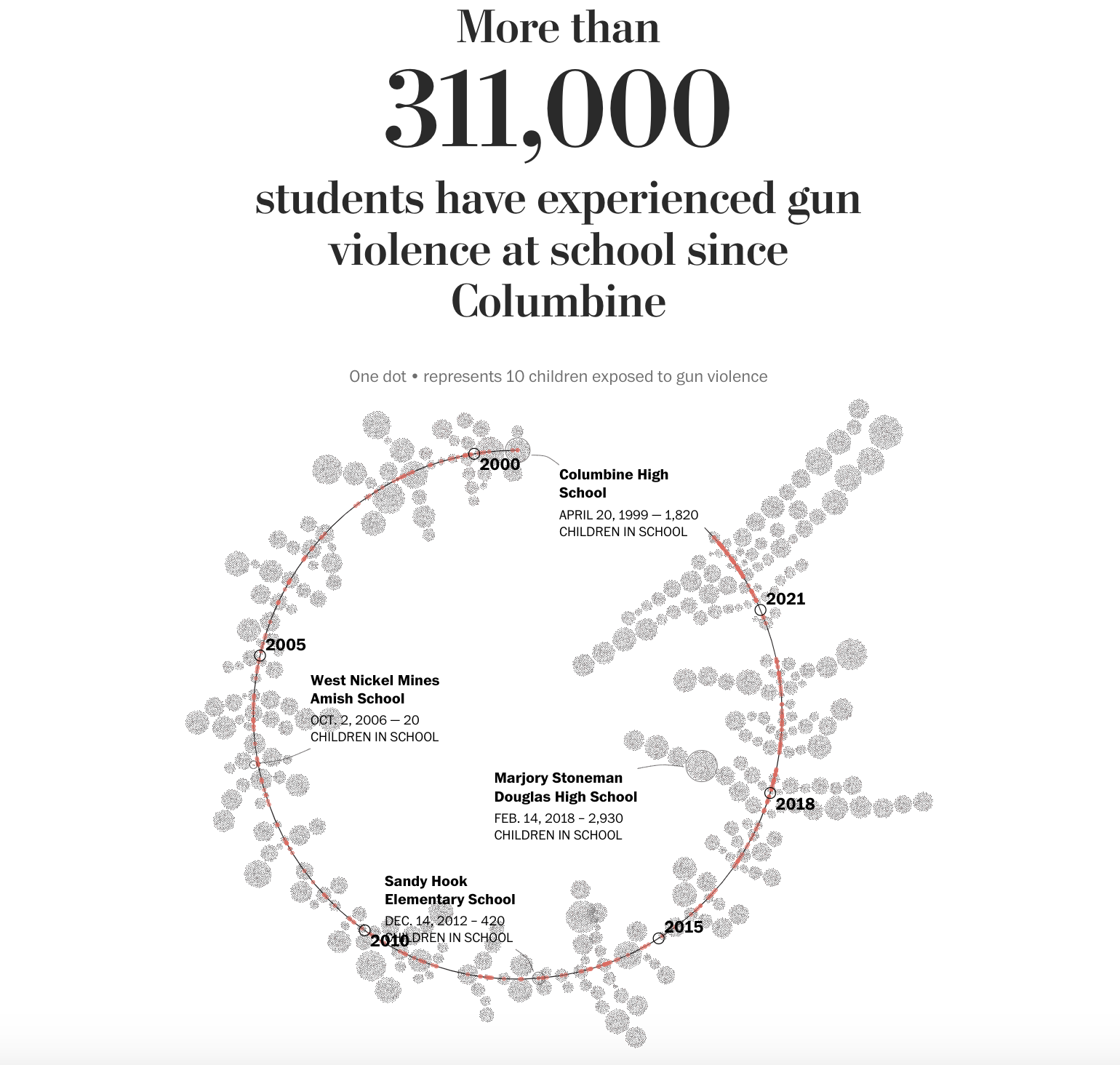When the Impact of Gun Violence is Personal and Professional

Robin Cogan, MEd, RN, NCSN, FNASN, FAAN
Clinical Coordinator – School Nurse Specialty Program
The school year will soon begin again, my 22nd as a school nurse in Camden, New Jersey. Working in the same city where my father’s family and 10 others were murdered 73 years ago seems more surreal than ever.
The aftermath of gun violence sits at the intersection of my professional and personal life. Seventy years elapsed between two mass murders that impacted my family. My story begins in Camden, New Jersey. The year was 1949, and my father was a 12-year-old boy living on what he described as Sesame Street. His world was forever shattered on the morning of September 6, when a neighbor, with access to a weapon and unfounded grievances, went on a “Walk of Death“,1 murdering 13 people, including my father’s mother, father, and grandmother. My father survived because his mother hid him in a closet.
I work within blocks of the Camden City crime scene but try not to venture down that street. When I do find myself there, I hold my breath as I pass by the entrance to my father’s home. In 1949 it was a pharmacy and my father lived above the store. Today it is a shoe store, the family entrance is no longer there, long ago walled off, but the stoop leading nowhere is still there as a chilling reminder.
Fast forward almost seventy years and my niece, Carly, hid in a closet at Marjory Stoneman Douglas High School in Parkland, Florida the afternoon of February 14, 2018. She quietly sent a text message to my sister telling her that there is an active shooter at school and she was hiding in a closet with her teacher and 17 classmates. Fourteen students and three teachers died that day, and another seventeen students were injured. In both instances, troubled young men with access to weapons wreaked havoc on victims, families, and communities that will reverberate for generations to come.
My decision to use my position as a school nurse to advocate for gun violence prevention came from a promise I made to my sister and niece in the aftermath of the Parkland shootings. I vowed to do everything in my power to bring attention to the ever-growing public health emergency of gun violence.
This emergency is impacting the tone and tenor of what it means to live freely in our country. There is a heightened level of anxiety and tension that, like the canary in the coal mine, is showing up in the most vulnerable population, our children. Gun violence just surpassed motor vehicle accidents as the number one cause of death in children and teens.2
Student deaths from gun violence have created a literal and metaphoric void in schools across our country that will impact students and staff for decades to come. The students are referred to as “Parkland kids,” “Sandy Hook students,” or “Columbine survivors.” These labels are sadly reflective of a new reality. America’s students, teachers, and staff feel vulnerable, and the idea of safe and sound schools feels like a façade.
One of the untold stories of school gun violence is the number of students exposed to gun violence at school. The Washington Post collects data from a variety of sources to track this metric that few consider. As of the most recent accounting, May 27, 2022, more than 311,000 students have been exposed to violence at school alone.3

Data describes one perspective of the public health emergency we are grappling with whether in schools, communities, churches, synagogues, yoga studios, restaurants, or movie theaters. Data connected to stories describe the immeasurable loss that transcends generations. My family’s story is one example; there are too many others.
Whether it’s an active shooter ravaging the safety of our nation’s schools, or the slow mass shootings that happen in communities across the country, our children are suffering. Violence and revenge are partners in wreaking havoc on innocence and, when coupled with access to weapons, cause death and destruction in the most innocent of spaces.
All students and staff need a safe and supportive school environment to succeed. The most effective approach to creating safe and supportive school environments requires a comprehensive, coordinated effort including schoolwide, districtwide, and communitywide strategies. School nurses are healthcare partners embedded in school communities who can guide those efforts.
As school nurses, we are change agents trained in the emergency trauma care and clinical responses necessary for addressing traumatic gun violence, as well as the mental health outcomes resulting from tragedy. We are ideally positioned to work alongside with others who are committed to public health approaches to solve the issue of mass shootings, by both distinguishing the risk factors and then identifying actionable solutions through research and practice.
In the words of Eleanor Roosevelt, “the future is literally in our hands to mold as we like.” School nurses should champion the cause of gun violence prevention, sounding the alarm and creating evidence-based, multidisciplinary solutions to advance the safety and security of all our nation’s children.
To learn more about this topic, register for the BulletPoints webinar episode on “The Impact of Firearm Violence and Threats on Student Health“ with Robin Cogan.
Clinical tools for preventing firearm injury
- Veteran Kills 12 in Mad Rampage on Camden Street. The New York Times.
- Current causes of death in children and adolescents in the United States. New England Journal of Medicine.
- More than 311,000 students have experienced gun violence at school since Columbine. The Washington Post.